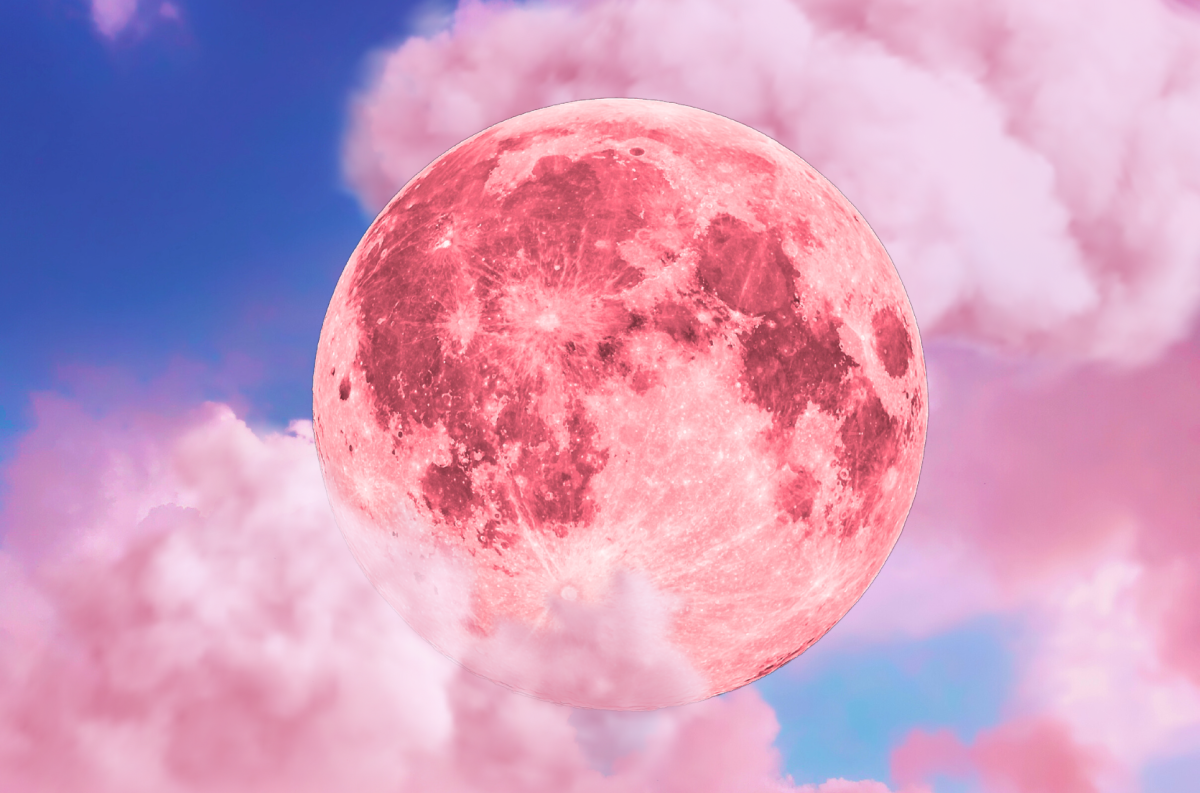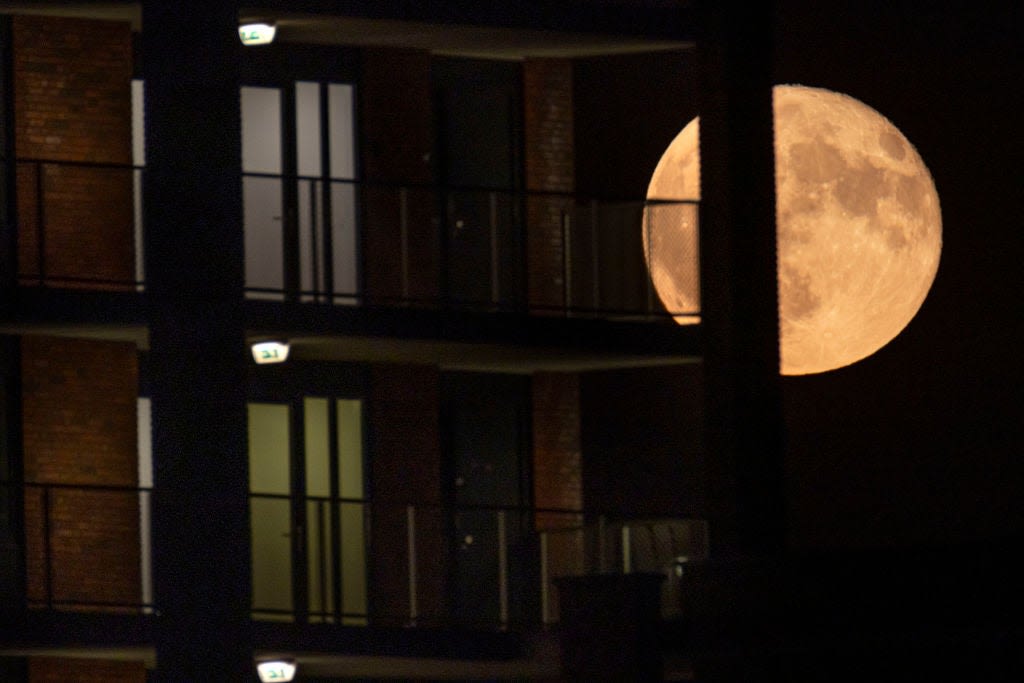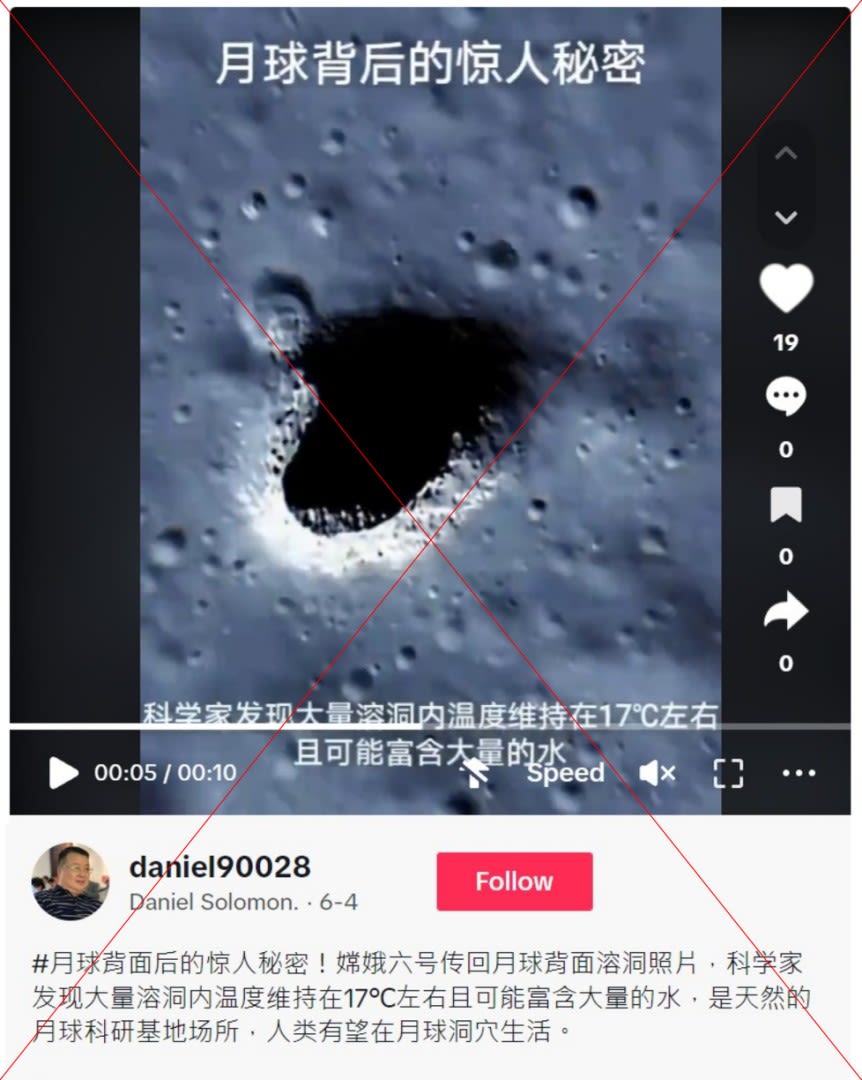Search results
The Moon is Earth's only natural satellite. It orbits at an average distance of 384,400 km (238,900 mi), about 30 times the diameter of Earth. Over time Earth's gravity has caused tidal locking, causing the same side of the Moon to always face Earth. Because of this, the lunar day and the lunar month are the same length, at 29.5 Earth days.
2 days ago · Moon, Earth ’s sole natural satellite and nearest large celestial body. Known since prehistoric times, it is the brightest object in the sky after the Sun. It is designated by the symbol ☽. Its name in English, like that of Earth, is of Germanic and Old English derivation.
News about June 2024, Strawberry Moon, full moon
News about NASA, China, lunar probe
News about Richard Linklater, Blue Moon, Ethan Hawke
Also in the news
Overview. Earth's Moon is the brightest and largest object in our night sky. The Moon makes Earth a more livable planet by moderating our home planet's wobble on its axis, leading to a relatively stable climate. It also causes tides, creating a rhythm that has guided humans for thousands of years.
5.2M views 5 years ago. What is the moon made of, and how did it form? Learn about the moon's violent origins, how its phases shaped the earliest calendars, and how humans first explored...
Sep 7, 2023 · The Moon is Earth’s only permanent natural satellite, and it’s the fifth-largest satellite in our solar system. The Moon’s diameter is approximately 2,160 miles (3,475 kilometers), or about...
Like Earth, the Moon has a day side and a night side, which change as the Moon rotates. Moon Phases Between four and seven times a year, Earth, Moon and Sun line up just right to create the cosmic-scale shadow show known as an eclipse.
… Moon Facts. The brightest and largest object in our night sky, the Moon makes Earth a more livable planet by moderating our home planet's wobble on its axis, leading to a relatively stable climate. It also causes tides, creating a rhythm that has guided humans for thousands of years. 10 things.
Nov 15, 2022 · For NASA, the mission ushers in a new era of lunar exploration, one that seeks to unravel scientific mysteries in the shadows of craters in the polar regions, test technologies for dreamed-of...
May 23, 2023 · The moon is Earth's most constant companion and the easiest celestial object to find in the night sky. The rhythm of the phases of the moon has guided humanity for millennia; for instance,...
The brightest and largest object in our night sky, the Moon makes Earth a more livable planet by moderating our home planet's wobble on its axis, leading to a relatively stable climate. It also causes tides, creating a rhythm that has guided humans for thousands of years.





































